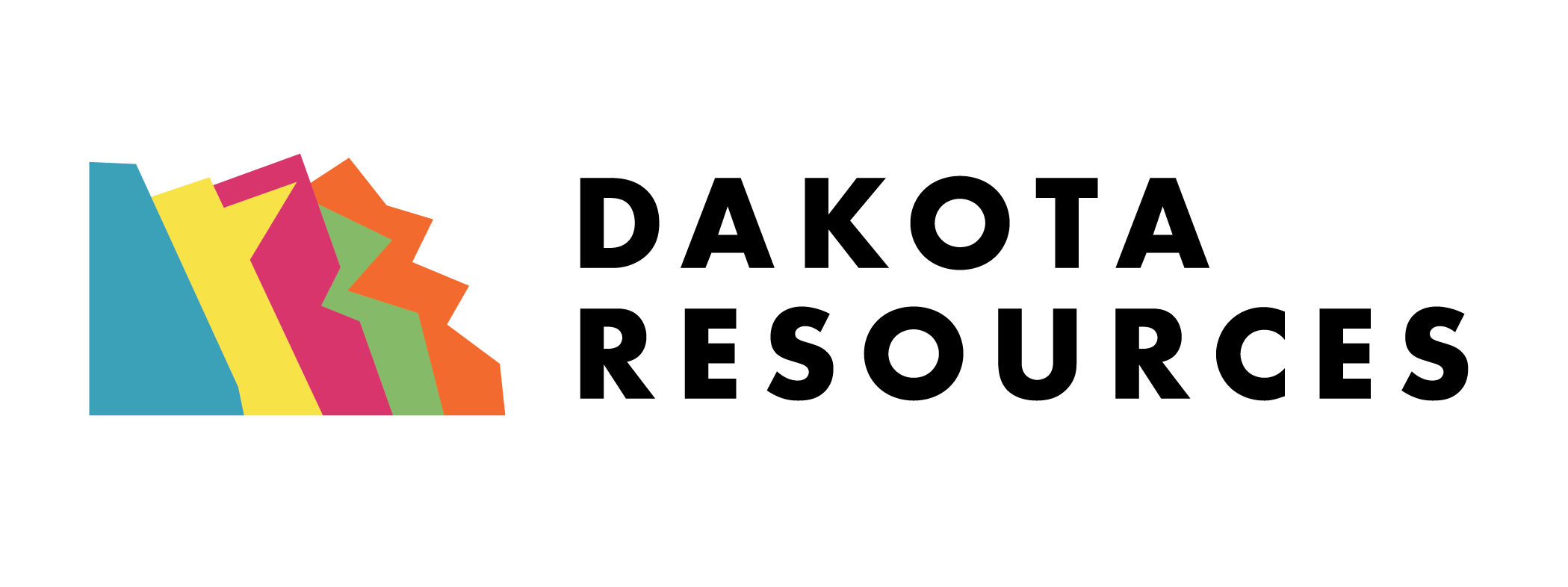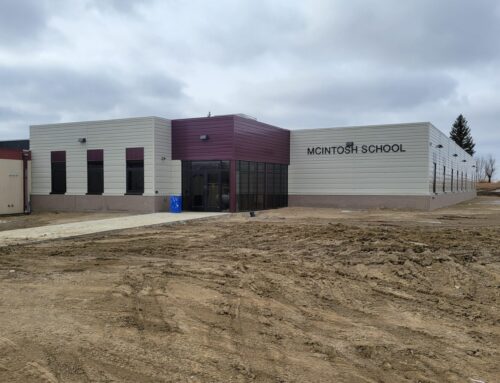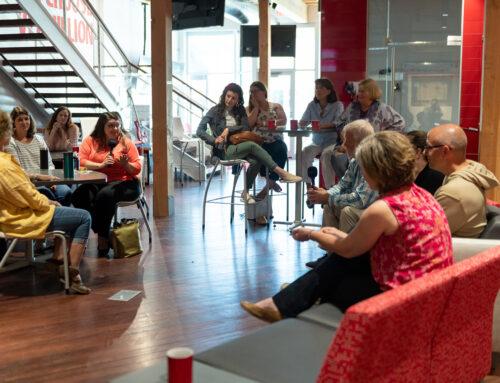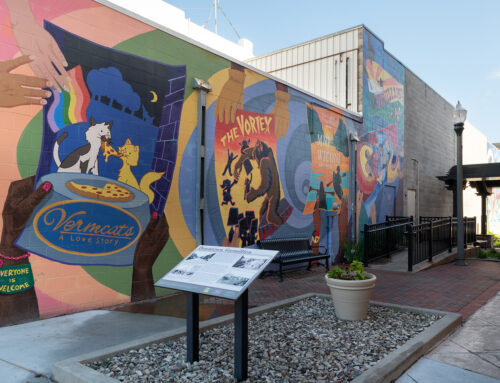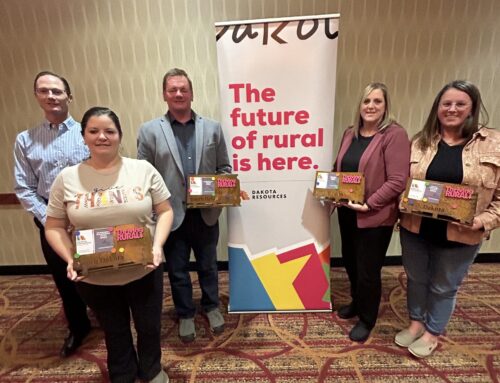Stop Talking About Your Problems
By: Paula Jensen
I recently had a big discovery – the main thing holding back our vision of thriving rural communities is the extinction of collaborative leadership. Yes, it’s true. Truly collaborative leaders are rare in our communities.
If rediscovered, collaborative leadership could aid our rural communities in creating an ecosystem that seeks out diverse opinions and empowers residents to engage in the process of implementing new ideas. Other spillover effects could be the release of innovation to build new systems and cultivating a culture of both trust and inclusivity among residents. Doesn’t this sound wonderful? (Keep reading and you will discover, it’s possible!)
I am just finishing an online course from the University of North Alabama titled, Building an Agile Economy. I learned that Agile Economies are continuously seeking new opportunities through collaborative leadership. To create those new opportunities, they are consistently focused on thinking differently about their ecosystem and having regular strategic conversations with stakeholders.
In many of our rural communities, we tend to think in terms of problems, for example, have you ever heard any of these questions: How do we fill the vacant shops on Main Street? How do we stop brain drain? How do we fill that spec building in the industrial park? Why can’t we get anyone else to see what a wonderful community we have? All of these are problem-centric conversations. They do not lead us anywhere. They drain our energy. They turn into arguments. They keep us stuck.
Rather than focus on the problems, collaborative leaders in agile economies learn to flip problems into opportunities. Instead of thinking about how to save our small businesses, they focus on questions like: “Imagine if everyone supported our local businesses. What would that look like?” or “How might we strengthen our small business networks?”
Here’s the turning point: In developing an agile economy we need to leave behind the old problem-centric mindsets and develop new collaborative behaviors focused on opportunities.
I know what you’re thinking after reading that last sentence, “But, Paula, you don’t know my community! Shifting mindsets and behaviors is an impossible task.” I know it’s not easy, but it is possible. So, I’ll break it down for you. If you want to shift your community’s mindsets and behaviors toward collaborative leadership, then focus on changing the conversations. Put problems aside. Focus on opportunities. Ask these two questions in every strategic conversation: “Where are we going?” and “How will we get there?”
Start by building your habit of being a collaborative leader. Conduct regular strategic conversations through the practice of flipping problems into opportunities with a powerful question. Your actions will lead your community toward the spontaneous recovery of collaborative leadership, rather than toward extinction.
The Community Coach. Having a passion for community leadership and development is what drives Paula Jensen’s personal and professional life. Paula resides in her hometown of Langford, South Dakota, population 318+. She serves as a Strategic Doing practitioner, grant writer and community coach with Dakota Resources based in Renner, South Dakota. Dakota Resources is a mission-driven 501c3 Community Development Financial Institution working to connect capital and capacity to empower rural communities. Contact her.
